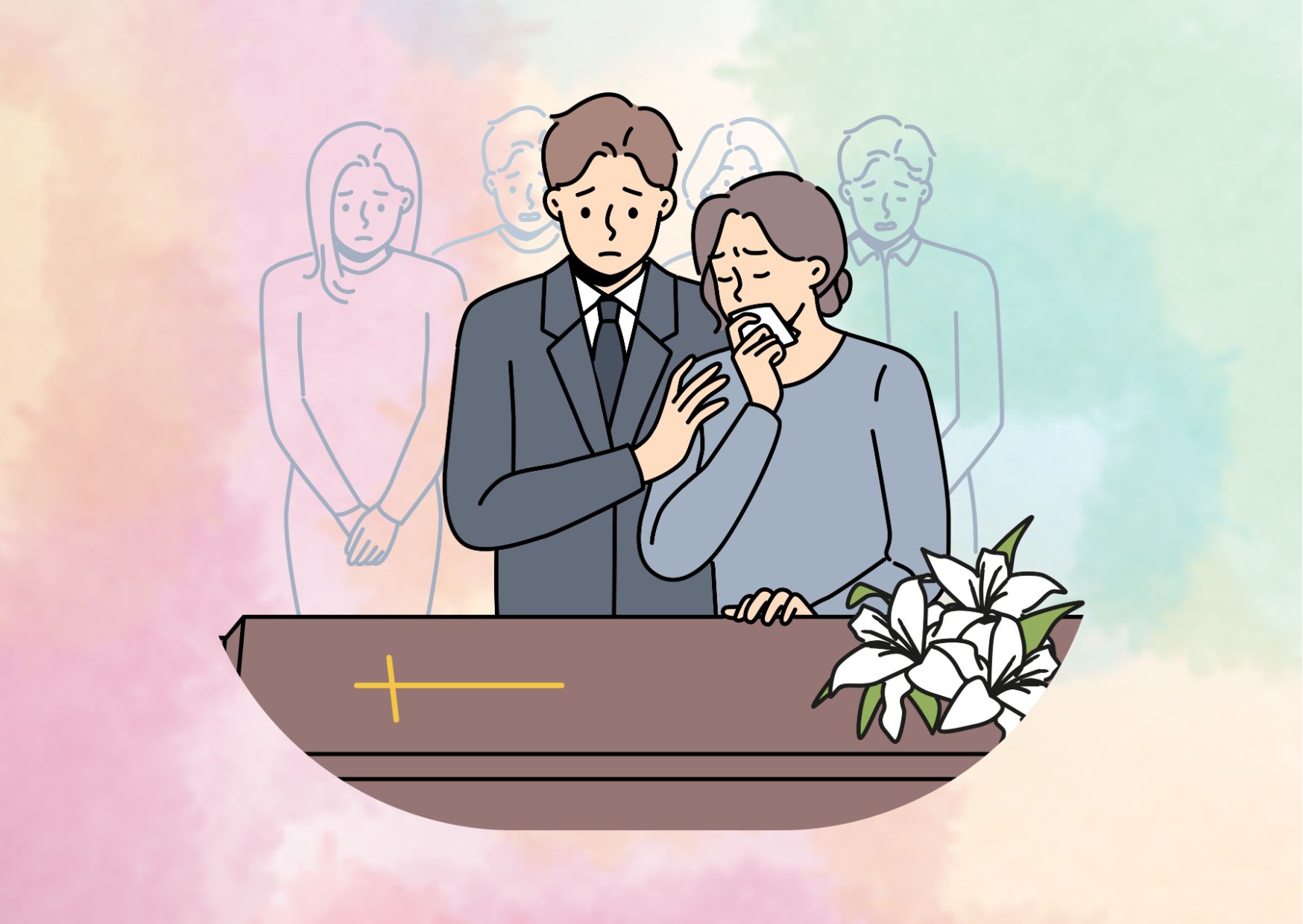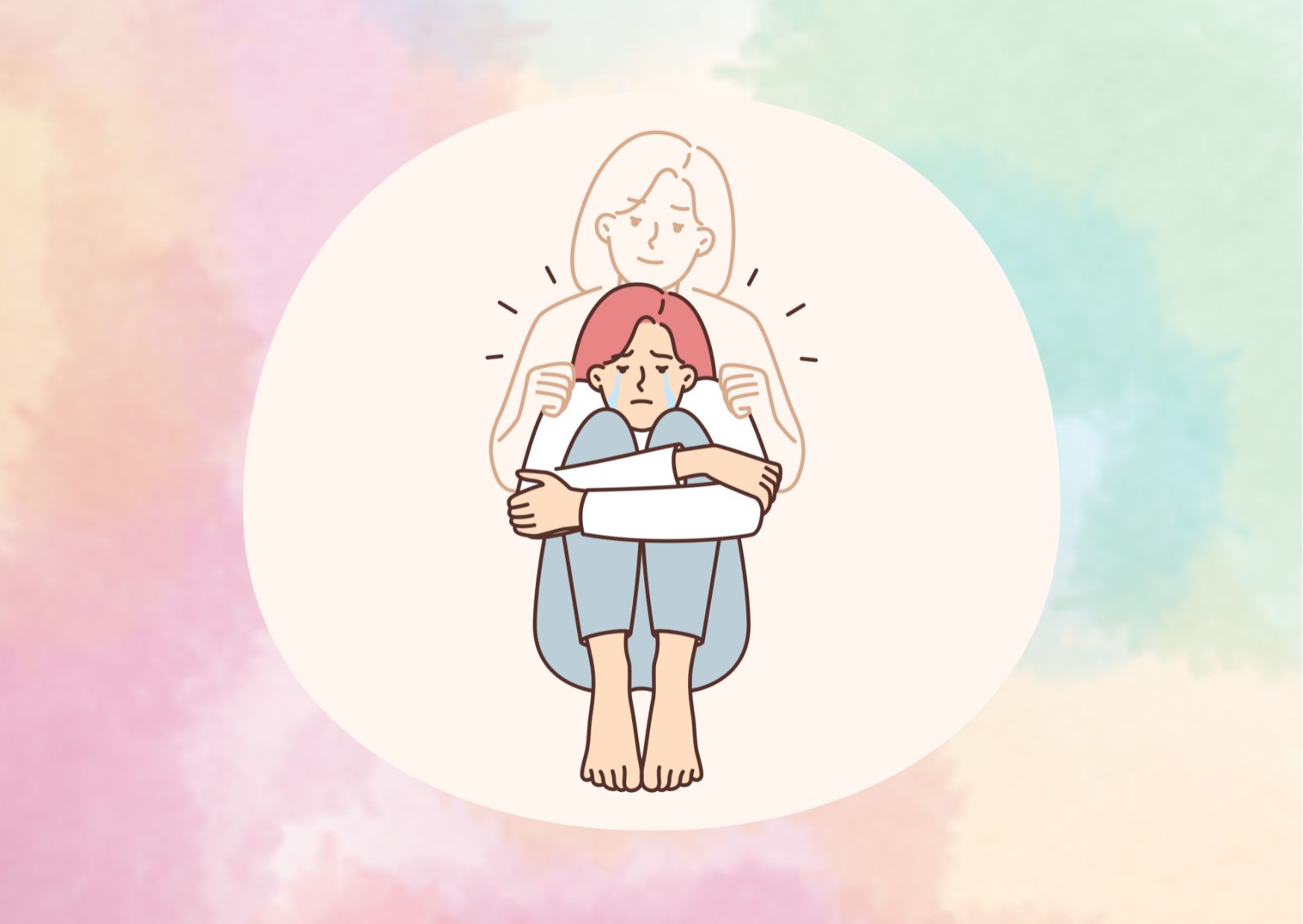A Bereavement Overview: Finding Support in Times of Grief
Loss of a loved one is an unavoidable part of life, yet it remains one of the most profoundly challenging experiences anyone can face. Bereavement, the period of grief and mourning after a death, can evoke a torrent of complex emotions like sadness, anxiety, and depression. These feelings, while normal responses to loss, can be overwhelming and leave those grieving feeling isolated and struggling to cope.
This comprehensive guide delves into the nuances of bereavement, offering insights into its various forms, stages, and the unique challenges individuals may encounter. We’ll explore anticipatory grief, disenfranchised grief, secondary losses, collective grief, and the profound impact of pet loss. Additionally, we’ll provide coping strategies and resources for bereavement support and counseling to help navigate this difficult journey.
What is Bereavement?
Understanding Grief
Bereavement is the period of time when an individual experiences grief and mourning after the loss of a loved one. It is a natural and normal response to the profound disruption caused by the death of someone significant in one’s life. Grief is the emotional, physical, and psychological reaction to this loss, characterized by a range of complex emotions such as sadness, anger, guilt, and loneliness.
The terms “grief,” “mourning,” and “bereavement” are often used interchangeably, but they have slightly different meanings:
- Grief refers to the emotional response to the experience of loss.
- Mourning is the process of adjusting to life after a loss, influenced by societal, cultural, and religious factors.
- Bereavement is the state of being deprived of someone or something through death, encompassing the entire period of grief and mourning.
Types of Grief
Grief is a highly personal experience, and individuals may respond to loss in various ways. Some common types of grief include:
- Anticipatory Grief:This type of grief occurs before the actual loss, such as when a loved one is diagnosed with a terminal illness. It allows individuals to begin processing the impending loss and prepare for the eventual bereavement.
- Common or Normal Grief:Each person experiences grief differently, and there can be many ups and downs throughout the grieving process. Over time, the intensity of grief typically lessens, although it may resurface during significant events or milestones.
- Complicated or Unresolved Grief:For some individuals, grief may persist for an extended period without resolution. Symptoms of complicated grief may include persistent disbelief, emotional numbness, intense sorrow, avoidance of reminders, and a sense of meaninglessness in life.
- Delayed Grief:In this type of grief, individuals may not initially process their feelings of loss, only to experience them weeks, months, or even years later, often triggered by a specific event or circumstance.
- Cumulative Grief:This occurs when an individual experiences multiple losses simultaneously or in quick succession, compounding the grieving process and making it more complex.
- Collective Grief:This type of grief is experienced by groups or communities in response to far-reaching losses, such as natural disasters, pandemics, or mass tragedies, affecting the shared sense of normalcy and future.
Duration of Grief
The duration of grief can vary greatly from person to person, and there is no predetermined timeline for the grieving process. While the American Psychological Association (APA) suggests that grief typically lasts from six months to two years, with symptoms gradually improving over time, it is important to recognize that grief is a highly individualized experience.
The length and intensity of grief can be influenced by various factors, including the nature of the relationship with the deceased, the circumstances surrounding the death, personal life experiences, cultural beliefs, and available support systems. Some individuals may experience intense bereavement for a shorter period, while others may have a more prolonged grieving process.
It is essential to allow individuals the time and space they need to work through their grief, as there is no “right” or “wrong” way to grieve. Certain events, mementos, or memories may trigger resurgences of intense emotions, even after an extended period, as grief becomes integrated into one’s ongoing life story.
Coping with Loss
Seeking Support
The pain of grief can often cause one to want to withdraw from others and retreat into solitude. However, having the face-to-face support of other people is vital to healing from loss. Even if an individual is not comfortable talking about their feelings under normal circumstances, it’s crucial to express them when grieving. Here are some ways to seek support:
- Turn to friends and family members. Now is the time to lean on the people who care, even if one takes pride in being strong and self-sufficient. Rather than avoiding them, draw friends and loved ones close, spend time together in person, and accept the assistance offered. Often, people want to help but don’t know how, so it’s essential to communicate needs, whether it’s a shoulder to cry on, a listening ear, or someone to spend time with.
- Join a support group. Grief can feel very lonely, even when loved ones are around. Sharing sorrow with others who have experienced similar losses can provide a sense of understanding and community. Local hospitals, hospices, funeral homes, and counseling centers often offer bereavement support groups.
- Talk to a therapist or bereavement counselor. If grief feels overwhelming, seeking help from a mental health professional with experience in bereavement counseling can be beneficial. An experienced therapist can guide individuals through intense emotions and overcome obstacles in the grieving process.
Expressing Emotions
Facing and expressing emotions is a crucial part of the healing process. Trying to suppress grief or avoid feelings of sadness and loss can prolong the grieving process and lead to complications such as depression, anxiety, or health problems. Here are some ways to express emotions:
- Let yourself feel the pain, sadness, and other emotions. Allow yourself to cry or express feelings in other ways that feel natural.
- Find creative outlets. Some find solace in expressing emotions through art, music, writing in a journal, or creating a memory box or collage to store thoughts and memories.
- Be patient and forgiving. Understand that healing from a significant loss can take months or years, and there is no “right” way to grieve. Forgive yourself for things said or unsaid, and avoid comparing your grief to others.
Self-Care
Caring for oneself is essential during the bereavement process. The mind and body are connected, and when physically healthy, individuals are better able to cope emotionally. Here are some self-care strategies:
- Maintain routines and hobbies. There’s comfort in routine, and engaging in activities that bring joy and connect you with others can aid the grieving process.
- Look after physical health. Combat stress and fatigue by getting enough sleep, eating well, and exercising regularly. Avoid using alcohol or drugs to numb the pain or artificially lift your mood.
- Practice relaxation techniques. Activities like deep breathing, meditation, yoga, or spending time in nature can help manage stress and promote relaxation.
- Plan for grief triggers. Anniversaries, holidays, and milestones can reawaken painful memories and feelings. Prepare for these occasions by ensuring you have support or marking your loss in a meaningful way.
It’s important to care for yourself while grieving. Take the time you need, and seek and accept support from trusted friends, family members, or mental health professionals when needed.
Anticipatory Grief
Preparing for Loss
Anticipatory grief refers to the feelings of grief or loss that individuals experience before an actual loss occurs. This type of grief often arises when facing the impending death of a loved one or one’s own terminal illness. While the experience can be emotionally overwhelming, anticipatory grief can also provide an opportunity for individuals to process and prepare for the forthcoming loss.
Anticipatory grief allows individuals to:
- Confront their fears and emotions rather than avoiding them.
- Address any unfinished business, both practical and emotional.
- Clarify misunderstandings or express sentiments that should have been shared earlier.
- Say their goodbyes to the loved one.
- Make preparations for their life after the loss.
By engaging in this process, individuals may experience less distress and be better equipped to navigate the bereavement period when the loss eventually occurs.
Challenges and Uncertainties
While anticipatory grief can provide a means to proactively address feelings and prepare for the consequences of loss, it also presents unique challenges and uncertainties. The experience is often described as a “rollercoaster,” with individuals shifting between periods of distress and moments of normalcy.
One significant challenge is the persistent uncertainty surrounding the illness or impending loss. Individuals may cling to the hope that the diagnosis is incorrect, leading to intense anxiety and emotional turmoil. This uncertainty can exacerbate the physical and psychological stress experienced by family caregivers, resulting in fatigue, depression, anxiety, isolation, and loneliness.

